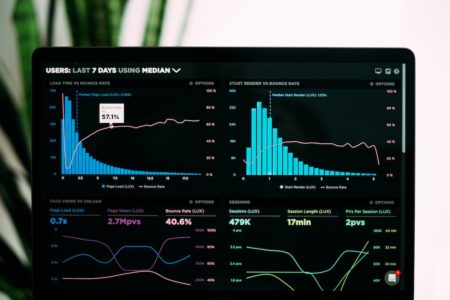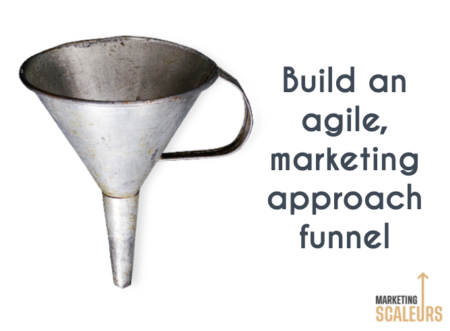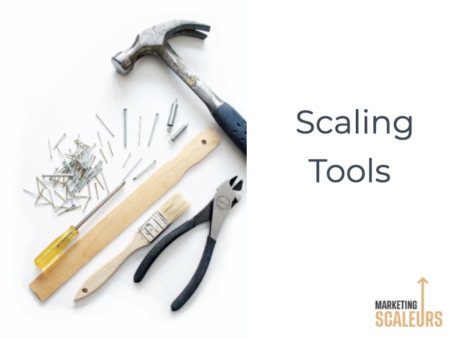Stay updated! Six tips to run facebook ads

STAY UPDATED! SIX TIPS TO RUN FACEBOOK ADS
Facebook Advertising has made its place in digital marketing strategies. With flourishing tools and campaigns, any project can benefit from this global platform. With Facebook ads strategy on-point, you’re ready to buckle up on the ride of benefits.
Though Facebook Advertisement caters to zillions of business-making opportunities, it’s essential to understand the skeleton of this service. Your real-time revenue is at massive risk if you get it wrong.
There are fair chances of turning your ROI multifold. All you need is a comprehensive guide that keeps you away from losses and updated with the latest service transformation. Hence, we’re here!
Catch up with Facebook Ads in 2022:
1. Ad Preview Experience
Numerous changes were accounted for on Facebook’s Ads Manager, but one of the most experiential and beneficial updates is improving Ad Preview Experience.
The expanded preview of the ads has a side-by-side view which allows you to customize the ad according to the particular placement.
Also, it notifies you if there’s an error in any ads placement, which can be dealt with separately.
2. New Learning Phase Update in Account Overview
Machine Learning has been the essence of Facebook. ‘Learning Phase’ for Ads Manager rules that Facebook learns about the best people and placements to showcase it for higher conversions whenever an ad is created.
Your ads will be less stable during this time, and Cost-per-Action (CPA) might be worrisome. This learning phase ends just when your ad stabilizes. You can track the status on “Delivery Column” as it says “learning” or “learning unsuccessful.”
There have been ads that stayed in the “learning phase” for longer than anticipated. To help the advertisers, FB came up with Learning Phase Insights, found in the Account Overview section.
These insights will inform the user about the percentage of ads, ads sets, and budget spent on the learning phase for the past two weeks. It gives a fair idea of how your ads have been performing and if you need to adopt another strategy.
3. Asset Customization
Remember how you used to create different ads for different placement models?
Now it’s all about doing it in one ad.
Facebook Advertising Manager offers a comprehensive list of placements which you can select with just a click on a box.
This feature cuts down a lot of trouble for advertisers who initially had to tailor the image and video requirement for all types of placements separately. Adding to the user-friendliness of FB Ads Manager, all you need to do is select “Asset Customization.” It will give you a dropdown list. In fact, you can also edit the asset individually.
4. Performance Warnings in Ads Manager
Facebook Ads Manager is built keeping amateur to skilled advertisers in mind. Since it requires a budget, even Facebook doesn’t want you to do the advertising wrong. To monitor your progress and gain loyalty points, Facebook introduced performance warnings in their Account overview section. You will also be notified during the ad set creation if anything goes off track.
Hence, going by the norms wouldn’t be a task anymore- just clarify all the warnings.
5. New Cross-Account Reporting
It’s been hard work when advertisers have to compile an intuitive report for all the accounts they’ve been working on. Facebook has minimized your efforts by creating cross-account reporting present in Account Overview.
You can create custom metrics to prepare an all-inclusive report of all accounts you handle. Haven’t tried yet? Give it a shot!
6. Cost Cap Strategy
Marrying the two concepts of Bid Cap and Target Cost, Cost Cap Strategy was introduced this year. Why this piece of good news is for you:
- Allows you to set the maximum Cost-per-Action (CPA) and Cost-per-Install (CPI) you’re willing to pay for the results
- Manages your bidding strategy for the maximum results
- Optimizes audience to display the ads to the best potential leads active on the platform
Do you need a creative ad agency?
Give your business the gift of exponential growth. Hire Jelloow’s agencies who will work within your budgets. They’re updated with the trends and changes and also are great consultants in a time of perplexity.
We will put technology to use and stream out howling successful campaigns.
What are some of the best Facebook advertising tips?
Facebook advertising tools are expensive, but they can still be very effective. There are many quality Facebook ads tips to help you create successful campaigns.
Facebook advertising has made it possible for businesses to connect with their audience at a much lower cost than traditional ads. Here are some of the best Facebook ad tips for success:
• Pay attention to your campaign’s budget and timeline. This will determine how many ads you need to create for the campaign
• Create an interesting ad picture that will capture people’s attention and interest that will encourage them to click on your ad.
Powerful Tips to Create a More Successful Facebook Ad Campaign
Facebook marketing is not easy to do. You have to pay close attention to the small details, but also find a balance between high-quality content and low costs. This article has some powerful tips for you on how you can create a successful Facebook ad campaign.
Tips include using images, having a clear call-to-action, identifying your target audience, keeping things short and sweet, being clear about your product’s purpose within the ad, getting creative with your copywriting style.
Killer Facebook Ads Strategies You Need to Get Started
It is always difficult to make a decision when you are in the early stages of your company. It is even harder when you are an entrepreneur who doesn’t know much about running a business. If your goal is to start a business on Facebook with paid ads, then this guide will help you understand what to do next.
Here are some killer strategies that will help you get started on Facebook with paid ads:
* Your first step should be to create an ad using one of the templates available in Facebook’s ad tool. These templates will have the perfect look and feel for your product or service so that it looks professional and appealing, giving it more credibility.
* Create an image for your ad that has high-quality visuals – this will draw people in and increase the click-through rate of your ad.
How can you Build an Engaging Website for Your Audience Using Facebook Ads?
When it comes to creating content, you need to understand the features of your website. For example, you may have a blog but how can your site be engaging? What kind of content should you post? How often should it be posted?
There are a few ways that you can build an engaging website using Facebook Ads. However, each approach will depend on the objective that you want to achieve.
First, let’s talk about how social media advertising is effective for websites-by targeting users who have been highly engaged with your brand. This means they have either clicked on the ads or interacted with them in some way- anything from liking or commenting on posts to sharing them via social media. By targeting these users and reaching them through Facebook ads, your company will be able to build awareness and
A Complete Guide to Creating Successful Facebook Ads Campaign
To create a successful Facebook ad campaign, you need to consider all the elements that make it work. This includes the creative, targeting, budget, and measurement.
For example, if you want to target users who are age 55-64 years old, then your budget might be stretched with an increased amount of clicks on your ads.
Become a Successful Scaleur
Scaling is a strategy that can only be mastered by a scaleur who is a dedicated learner and considers real-time business priorities. I hope the article above has helped! Marketing Scaleurs is a scaling company that helps entrepreneurs scale their marketing efforts. We’re experts in growth marketing, product development, and more, creating custom growth plans for startups, entrepreneurs and scaleurs in order to help them gain traffic, generate leads and increase their revenue.
If you want traffic, leads and sales, get in touch and you’ll start getting results in no time!














